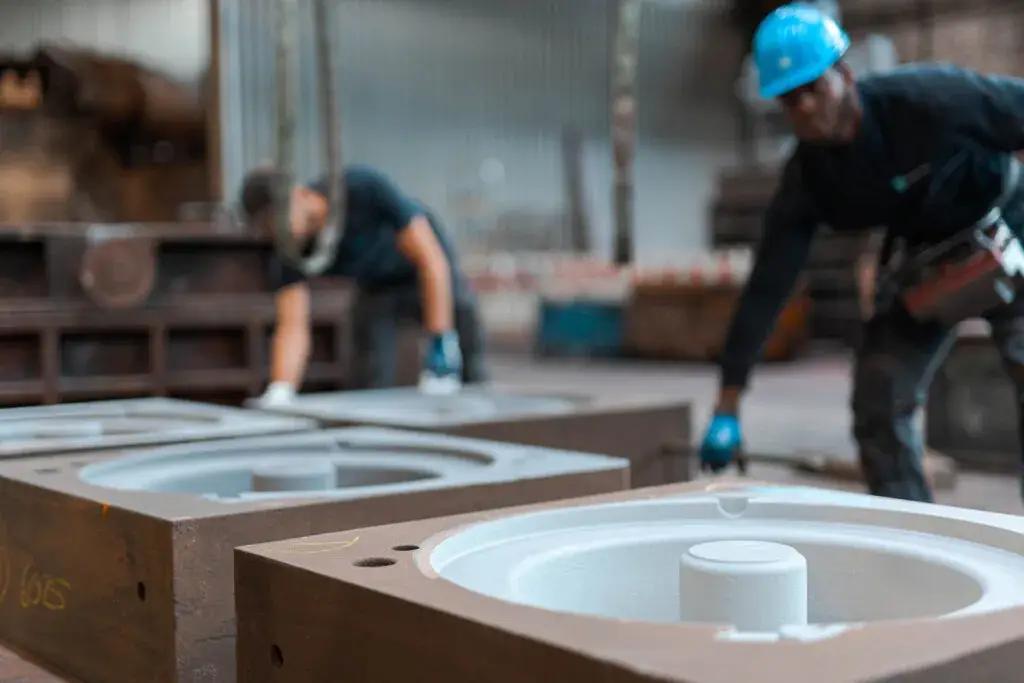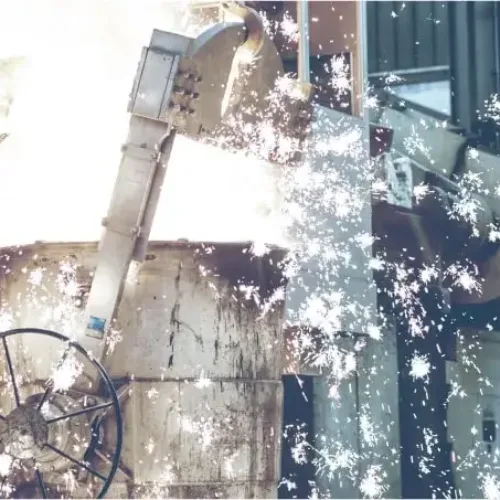
The traditional way via the wooden model
Full mold casting with polystyrene models
The “Printed Casting” process
“Especially for the production of spare parts, 3D sand printing also offers potential for continuous optimization of the component.”
“As the cost differences between full mold casting and 3D sand casting vary depending on the component, it is worth starting with 3D sand printing as an option, especially for smaller castings.”
If the wooden model for a required spare part is already available and nothing needs to be changed on the casting, hollow mold casting with a wooden model is the quickest and cheapest method (however, model storage costs should be taken into account for rarely required or very large spare parts).
If no wooden model is available, full mold casting and 3D sand printing are the better alternatives for small quantities. Both are fast, although 3D sand printing is somewhat faster and also more accurate. As the cost differences between full mold casting and 3D sand casting vary depending on the component, it is worth starting with 3D sand printing as an option. Especially as cost estimates for printed castings can be obtained much more quickly.
3D sand printing also allows a “virtual wooden model” to be stored, which enables a precision sand mold to be created at any time, but also allows changes to be made. The sand mold can be created anywhere there is a 3D sand printer. Compared to the wooden model, this expands the circle of potential suppliers.

© 2025 All Rights Reserved.